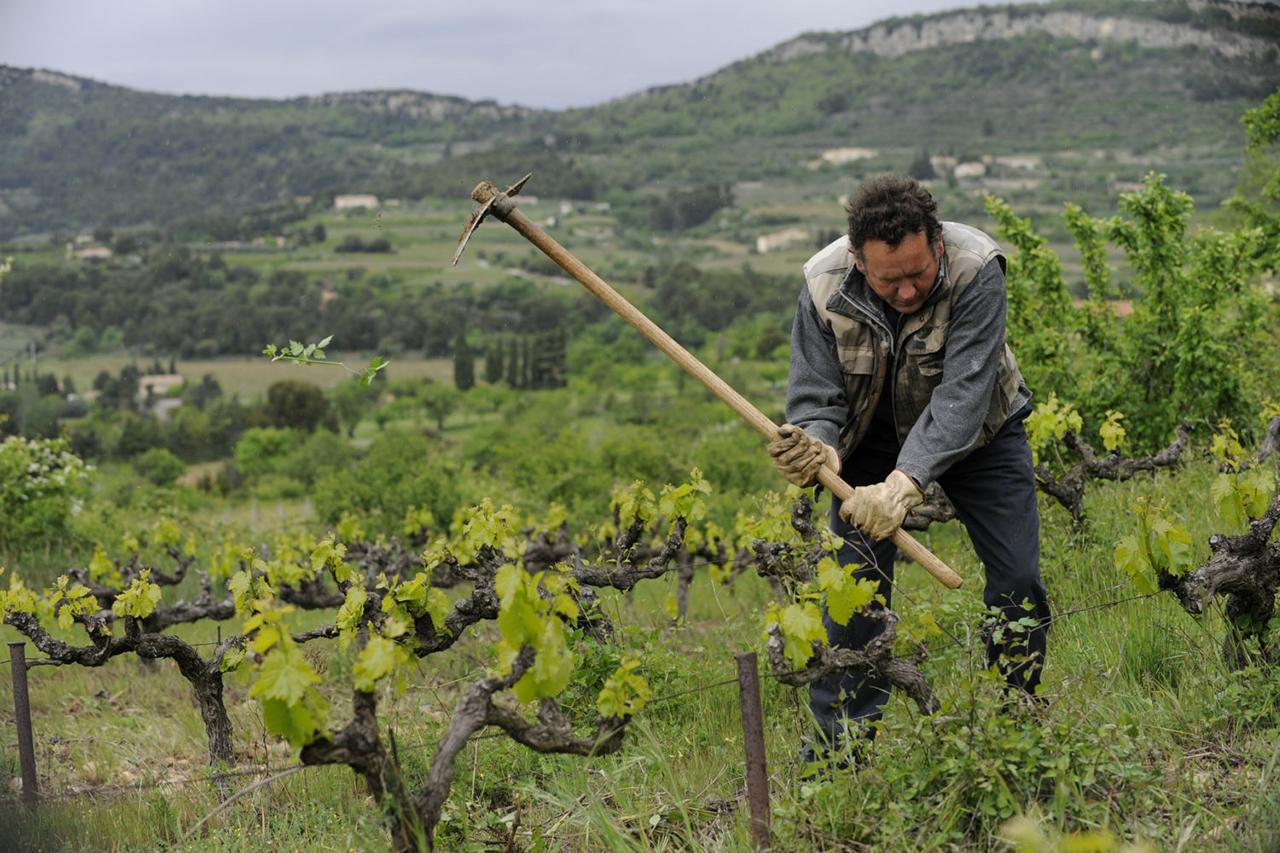

There comes a time in one’s life where you learn certain social conventions such as saying “please” and “thank you,” […]
Keep ReadingThere comes a time in one’s life where you learn certain social conventions such as saying “please” and “thank you,” eating with your mouth closed, offering guests a hand, and then offering them a drink. It is also recommended that you never utter these words in polite circles, “I told you so.” Sometimes it is too difficult to resist and in the case of Philippe Gimel… well, don’t make us say it.
The first time we tasted with Philippe, we knew we were tasting some of the most thrilling wines being made in the Ventoux, if not the entire Rhône Valley but what is truly remarkable is that over the last decade, they’ve only gotten better. An impressive resume including stints at Château de Beaucastel, Pierre-Bise, and Domaine de la Janasse only hinted at Philippe’s energy, drive, and potential, all of which came to fruition when he founded St Jean du Barroux in 2003. He was then as he is today – a fast-talking, difficult, opinionated, argumentative force of creative chaos as anyone is likely to meet but he is also one of the most relentlessly talented winemakers we’ve partnered with in our thirty year history.
Located near the ancient, fortified classically-provencal village of Barroux, Philippe started with a few hectares and no cellar. When he saved enough money to build a small cellar, it also served as his home – every personal comfort was sacrificed for his vineyards and wines. We suspect it will never be fully finished not only because that is just in his nature, but because we suspect he enjoys thwarting the local authorities in unsanctioned construction. Philippe’s estate now covers just over sixteen hectares, four of which are scrub forest and orchards. Situated in the valley between the lower slopes of Mont Ventoux and the Dentelles de Montmirail, Philippe has identified several distinct soil variations, all created by eons of geologic forces that have shaped the Southern Rhône. At about 300m, his lowest elevation sites are on a fine sandy clay soil where he grows Grenache, Cinsault, Carignan, Grenache Blanc, Bourboulenc, and Clairette. As you proceed up the slope to around 400m above sea level, the soils become coarser and stonier. Here there is a distinct fault line where the gravels change from various earth tones to black. On the lighter-colored soils, Philippe grows Grenache, Syrah, Carignan, and Cinsault, while on the darker soils, he grows only Syrah and Grenache. Philippe’s yields are meager due to vine age, averaging over 40 years-old, and his strict approach to organic farming. Trust us, don’t get him started about who is correctly farming organic and who is not. Both L’Argile and La Pierre Noire come from parcels where the yields are about 20hl/ha while La Source comes from younger vines and vines on the sandier terroirs.
The vineyard work at St Jean du Barroux is humbly grounded in the concept that the vigneron is a caretaker of the land. Farming is organic, with biodynamic practices, cover crops of natural plants are encouraged, work is done by hand, and the surrounding ecosystem is protected and nurtured. More often than not, the vineyards look more like gardens than a working farm. Harvesting is manual, often conducted in several passes through the vineyards to ensure that only the best grapes reach his cellar. Once there, the fruit is destemmed, fermented by indigenous yeasts, and aged in concrete tanks. His elevage is typically quite long for the region as he is a fan of the late Henri Bonneau – 18 months for La Source, 24 months for L’Argile and 36 months for La Pierre Noire. His white micro-cuvée, La Montagne is the exception. A portion of it is aged for 11 months in neutral 500L French oak barrels and the remainder in concrete. After this he either bottles it or puts it all back in concrete. He releases it only when he feels it is ready and if you ask before then, he might suspect you’re not ready for it yet.
Close







